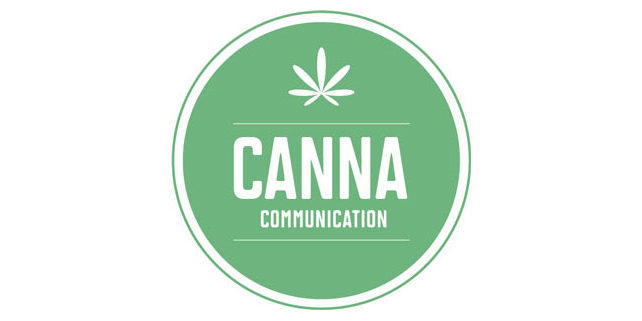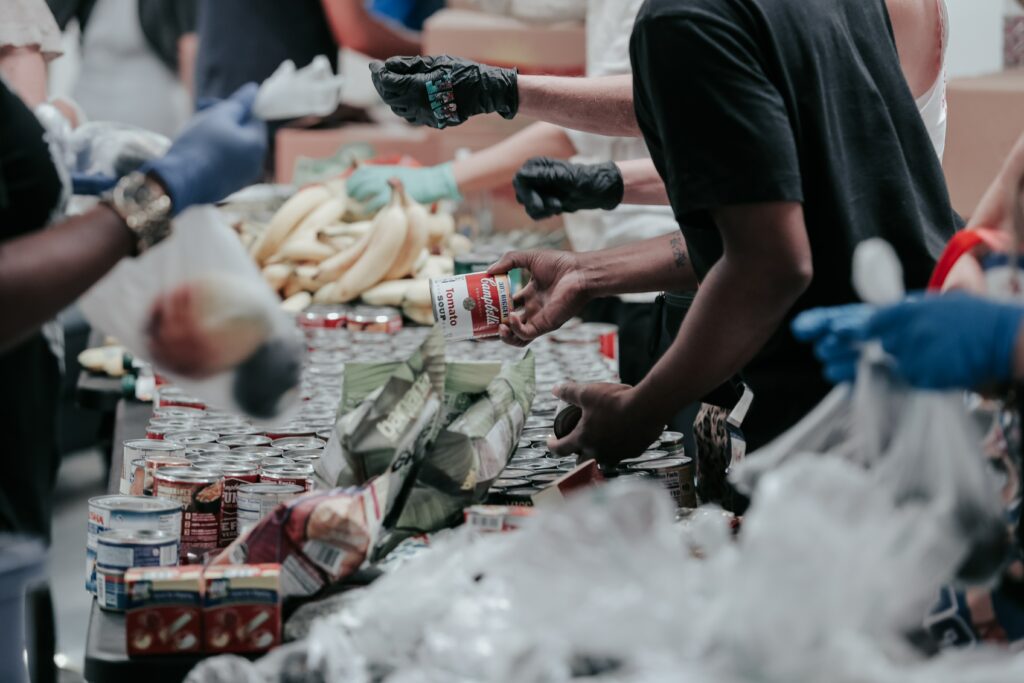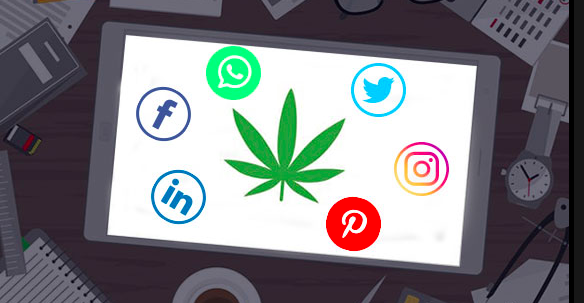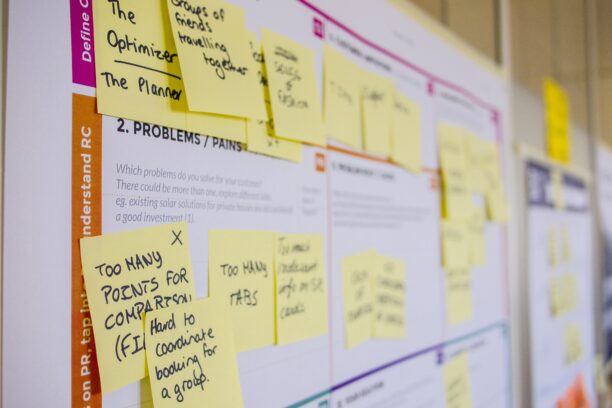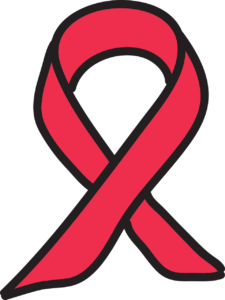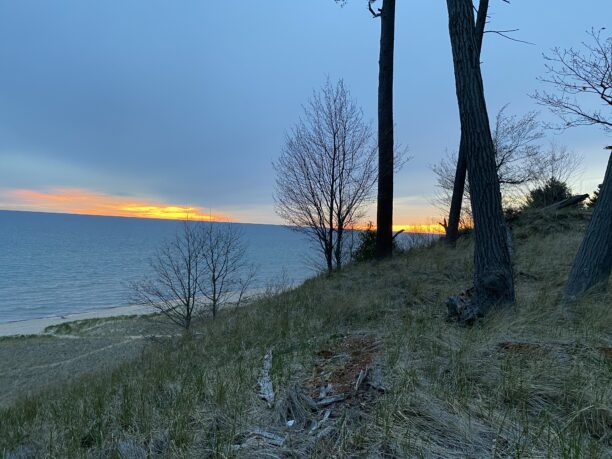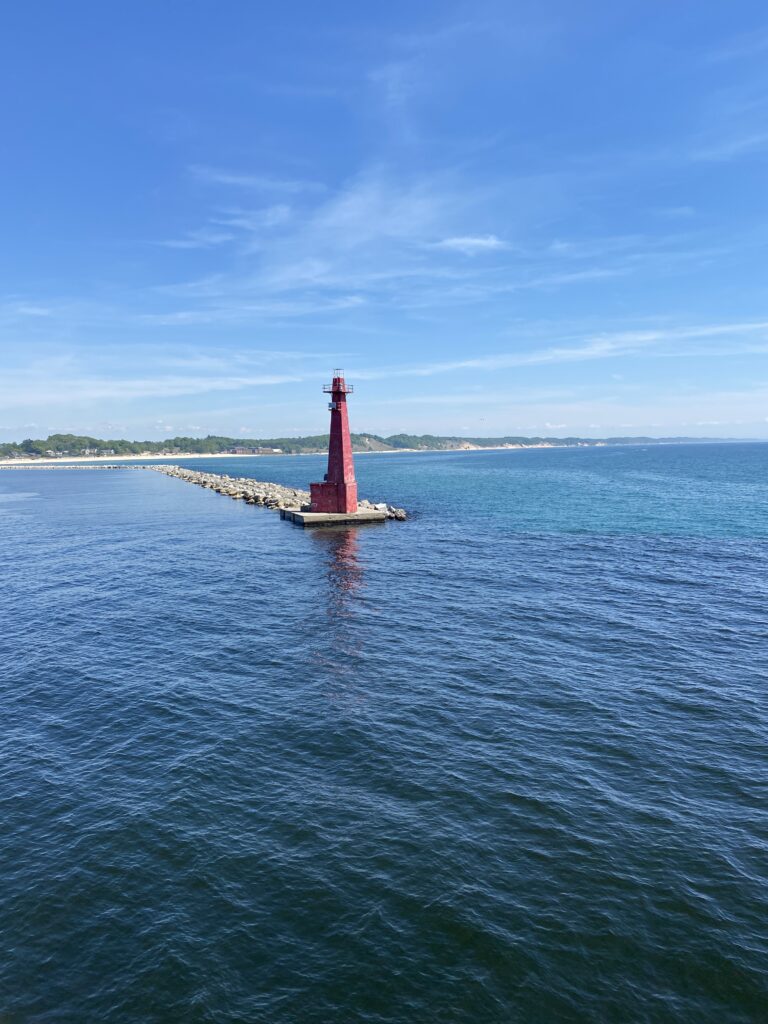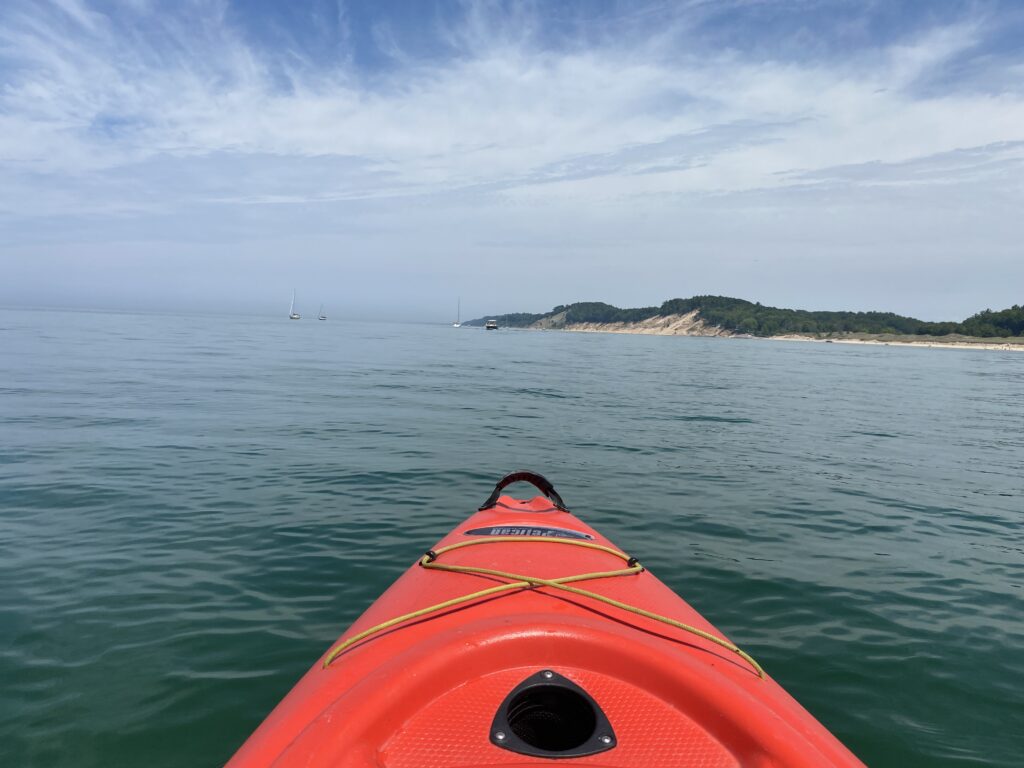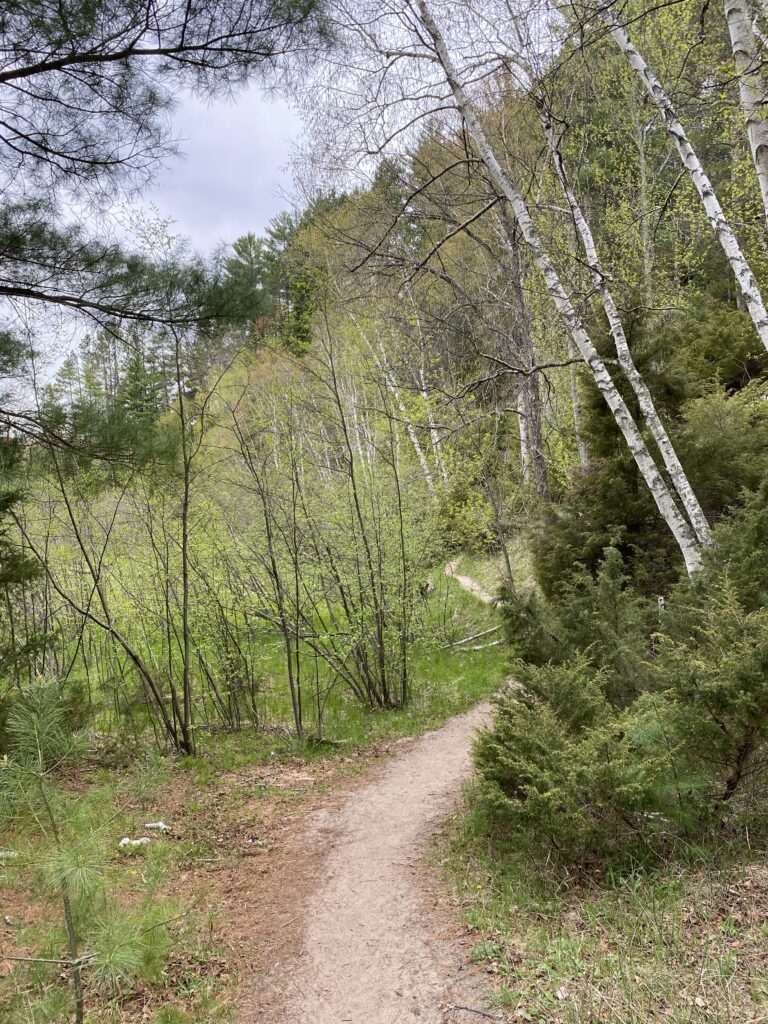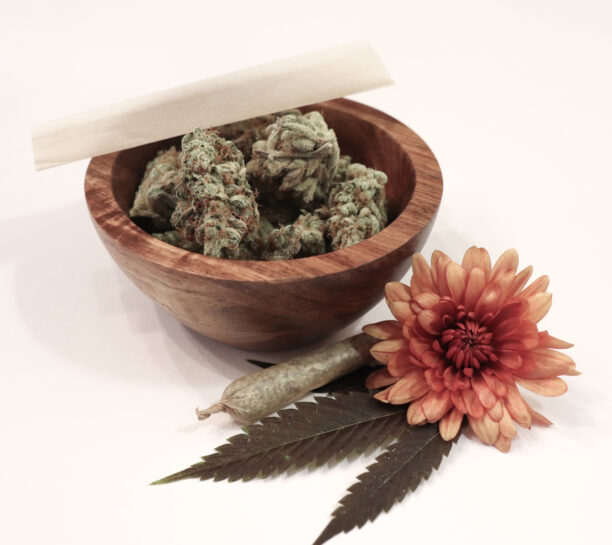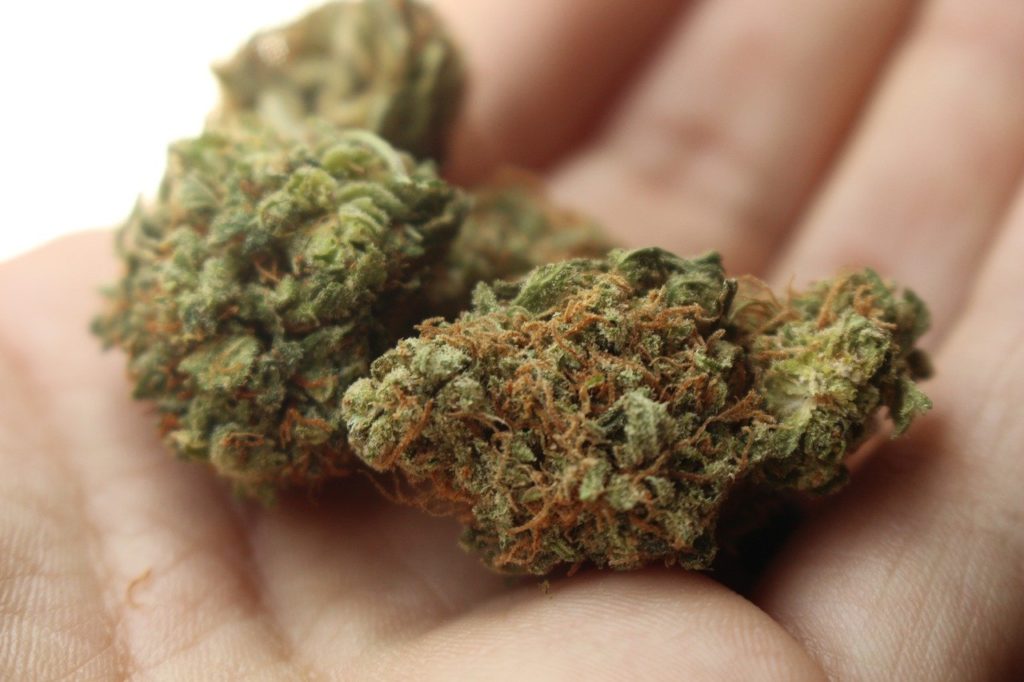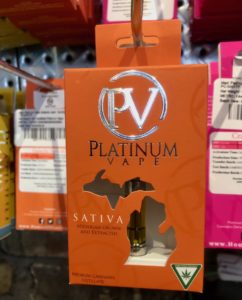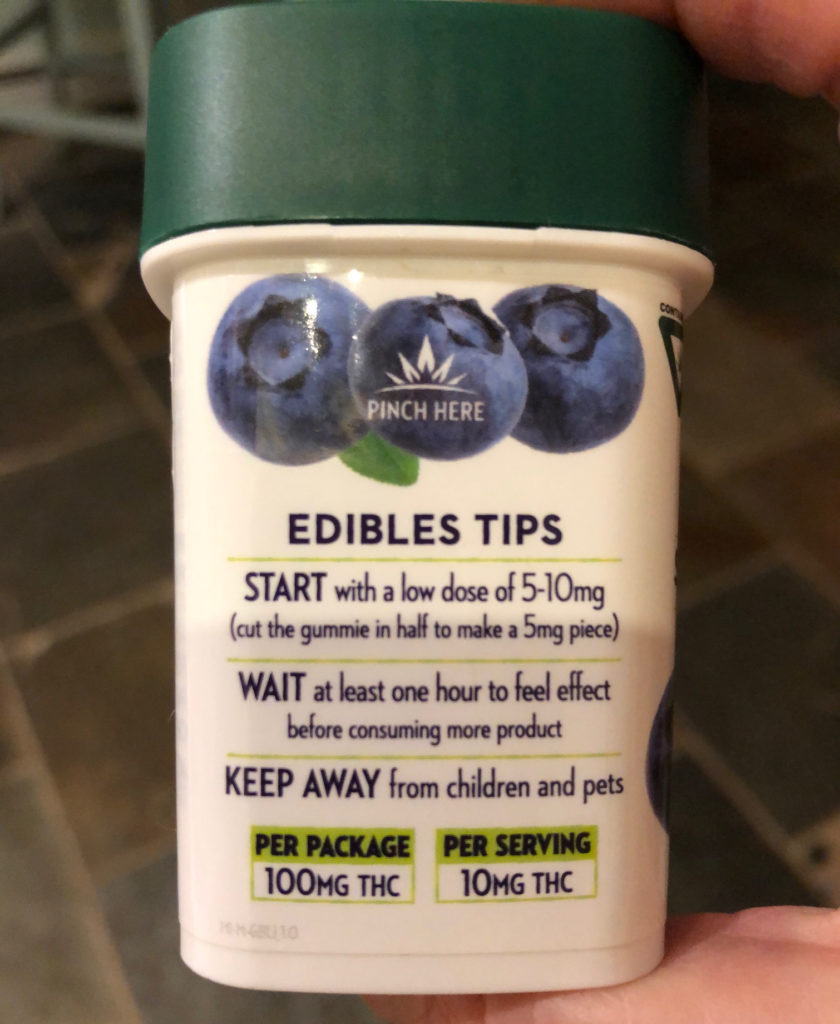Five years ago, just after the big solar eclipse of 2017, I launched Canna Communication. It was a giant experiment, a risky endeavor that was nearly one year in planning before launch.
Honestly, it’s a moderately successful business, and most of that’s on me. I’m not much of a hustler; I don’t grind, I loathe networking and luckily, I don’t need dozens of clients to keep the business moving forward. That being said, I do grind, hustle and do whatever it takes for my clients—but I’m more chill regarding my own business.
Some of Canna Communication’s success is due to timing—the business was created just as Michigan moved to license medical marijuana and took off when recreational was implemented in 2020. I was lucky to be in the right place and ready as cannabis got lit in the Mitten.
As I reflect on the past five years, here are seven insights about being an entrepreneur in cannabis communication. The best points are at the end, so feel free to skip down.
1) People Are REALLY Interested in Cannabis.
I’ve had four career PR positions: American Red Cross, Grand Rapids Art Museum, Mercy Hospital and Grand Rapids Community Foundation. When I told people that I worked for any of these entities, I was met with a “that’s nice” or “what’s that?” but when I left the traditional workspace and started working in weed, people became interested in what I do. However, as much as I loved community philanthropy and art, people tended to glaze over when I started talking about those subjects in the context of my work.
Cannabis is a totally different topic. People tell me about good and bad experiences, ask about products and share stories about people they know whose aches, pains and cancer journeys have been made better with the plant. Even people who hate weed still like to engage with me.
2) Make Yourself An Expert.
Like many PR people, I spend a lot of time reading news about the cannabis industry, and listening to podcasts, and listservs, thus keeping up on emerging products and trends. I pride myself on my expertise, connections, and knowledge about cannabis, which I believe separates Canna Communication from other PR firms.
Cannabis is a quirky industry and having inside knowledge about what’s going on makes us more effective with the media and clients. I built my early expertise and knowledge on the Canna Communication website, writing blogs based on questions people were asking me. These blogs, which I posted on the Canna Communication website, helped establish the company through SEO and that web presence helps bring clients to us.
While I don’t write as frequently for the Canna Communication website as I once did, I research and write blogs for clients on various cannabis topics. With that work, I maintain a base of cannabis knowledge that provides value to my company and clients.
3) Pay Your Dues.
A few core things anger people in the cannabis industry are interlopers—people who don’t know a thing about weed, don’t love the plant, don’t consume cannabis, are in it just for the money and haven’t paid their dues in advocacy.
Admittedly, my advocacy began when Michigan decided to license and communities had to opt-in or opt-out of allowing medical cannabis businesses to operate. I started e-mailing Muskegon City Commissioners in late 2016 and 2017, asking them to consider opting in. I attended many City Commission meetings, and in the public comment period, I spoke about the positive aspects of cannabis for people’s health and economic gain. When commissioners would have a negative cannabis comment, I’d research it, find facts and return to the next meeting with a response. In the end, Muskegon opted in for medical marijuana.
When Prop 1, the initiative to bring recreational cannabis to Michigan, came before the voters, I helped with petitions, distributed yard signs, attended forums, and used the Canna Communication website and social media to promote a yes vote. As a result, the state voters passed the proposal, and the City of Muskegon opted in.
This advocacy work connected me with other activists in cannabis and helped move Michigan out of cannabis prohibition. It also made for fertile ground for a cannabis PR firm.
4) If The Work Doesn’t Make You Happy, Move On.
In year three of Canna Communication’s life, I decided to apply for a Michigan-issued Marijuana Event Organizer license. I thought being able to do temporary marijuana events would be a great addition to the company portfolio. The license fee was about $3000, and the application process was one of my life’s singularity most unpleasant experiences.
The amount of meddling in the life and background of an applicant is just invasive.
Shortly after I was approved as an MEO, the state went into COVID lockdown. So I was unable to use the license for a year. I paid the renewal fee, sent more paperwork, and another year of COVID prevented more events. Finally, in the autumn of 2021, I worked with Park Place Provisionary on Halloweed—Muskegon’s first cannabis consumption event. It was a moderate success, and I was miserable. I didn’t enjoy the process, the hours and hours of highly detailed work, the state rules, dealing with all sorts of moving parts from food to music and always making sure people were having fun.
When we finished that event, I swore I wouldn’t do another. I came close a few times to accepting new event work, but in the end, I let the MEO license expire.
5) Work With Great Clients.
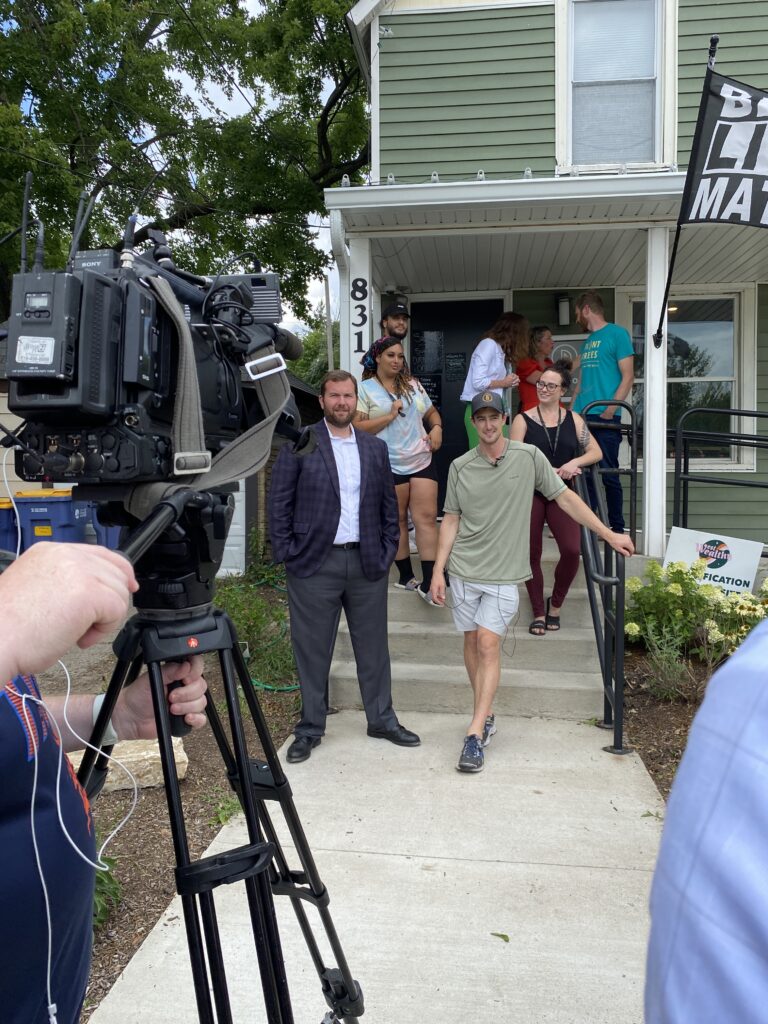
Dang! I’ve had some super good cannabis PR clients over the years and am incredibly proud of the things we did together.
My first paying client was Greg Maki from Agri-Med—I helped him figure out where he could locate a cannabis business by calling and emailing about 50 municipalities in West Michigan—and it was in the City of Muskegon where he established Park Place Provisionary. I helped them open Park Place as Muskegon’s first medical marijuana store and its first recreational shop again. His partner Tracy Powers and I planned and executed some epic opening events.
I’m crazy about Pharmhouse Wellness in Grand Rapids and its owner Casey. It’s one of the few locally-owned cannabis businesses in Michigan. Casey has a great backstory, and his parents continue to help him with the business. He’s devoted to the store’s west side neighborhood and does super interesting social equity work.
Public Health-Muskegon County is a favorite, too. I’ve worked with them for three years and we created a website and a set of fact-based campaigns for youth, pregnant women, drivers, workers and harm-reduction messaging.
It’s been fun to write and do PR work with The WellFlower and Scout Cannabis as they grow, open new stores, and create new brands in Michigan. But, again, it’s a local company and that matters to me when I decide who I’ll align with.
My client highlight list is here—all the good ones anyway!
6) Hike The Pacific Crest Trail.
The second summer Canna Communication was open, business was very slow. I had two clients in the first two years—Cannalex Law and Agri-Med. I was enthusiastically sending proposals and talking with people, but nothing was happening in cannabis PR.

Rather than wallow in self-pity, a friend and I hiked the Oregon section of the Pacific Crest Trail for three weeks. It was something we’d talked about for a few years before, and the timing was right to go in the summer of 2018
It was the most challenging thing I’ve ever done, and looking at the photos gives me a lump in my throat. I’d go back in a heartbeat. My goal was to consider Canna Communication and how to make it succeed and imagine the plot of my next book, but all I did was hike, eat and sleep. It was the best three weeks of that summer!
7) Yes. I’m High.
I can’t work while I’m stoned and cannot write high at all, so I’m pretty much straight when I’m working, except when I’m trying to generate ideas—then weed is so helpful. But when I’m not working, I try to be somewhere on the stoned scale. I’m usually not too high because I do a lot of active stuff like cycling, kayaking, running, snowshoeing, and hiking, and don’t want to get hurt.
The last place I want to be is in a news headline about a cannabis-user accident.
But outside of work, I’ve spent the last five years experiencing all aspects of daily life with some level of cannabis in my system.
It’s a joyful thing.
